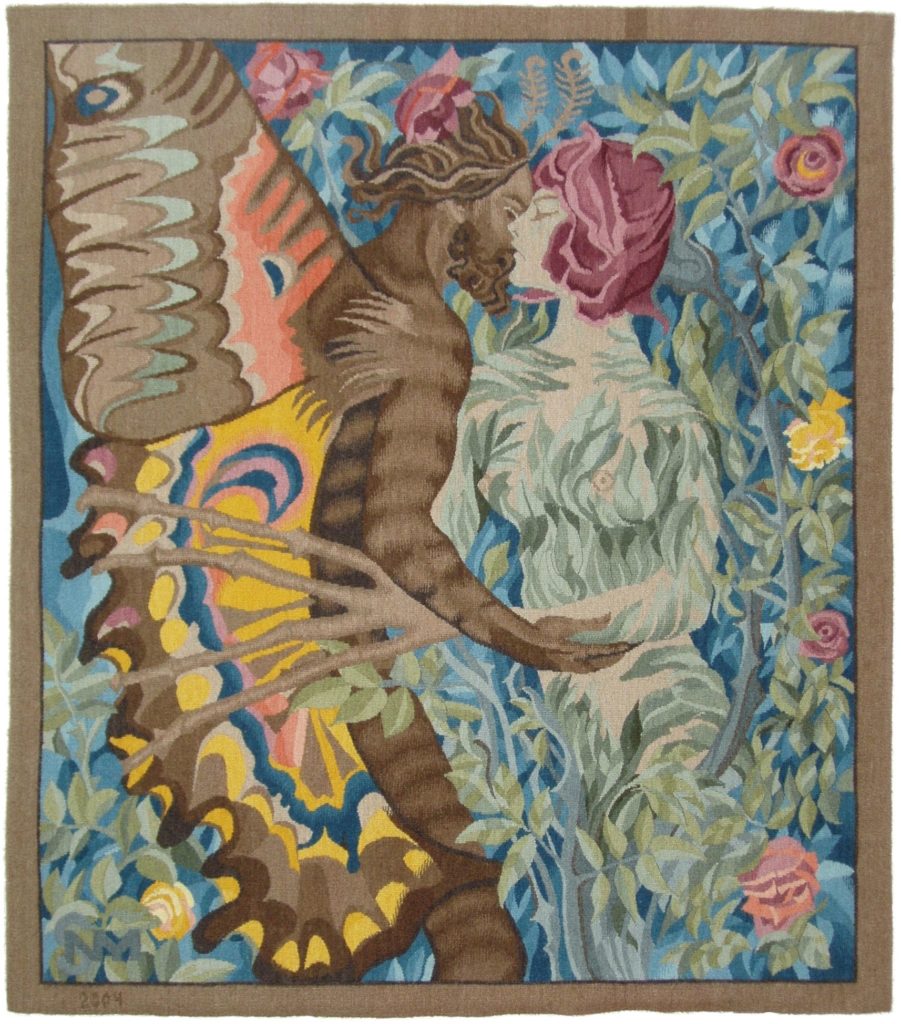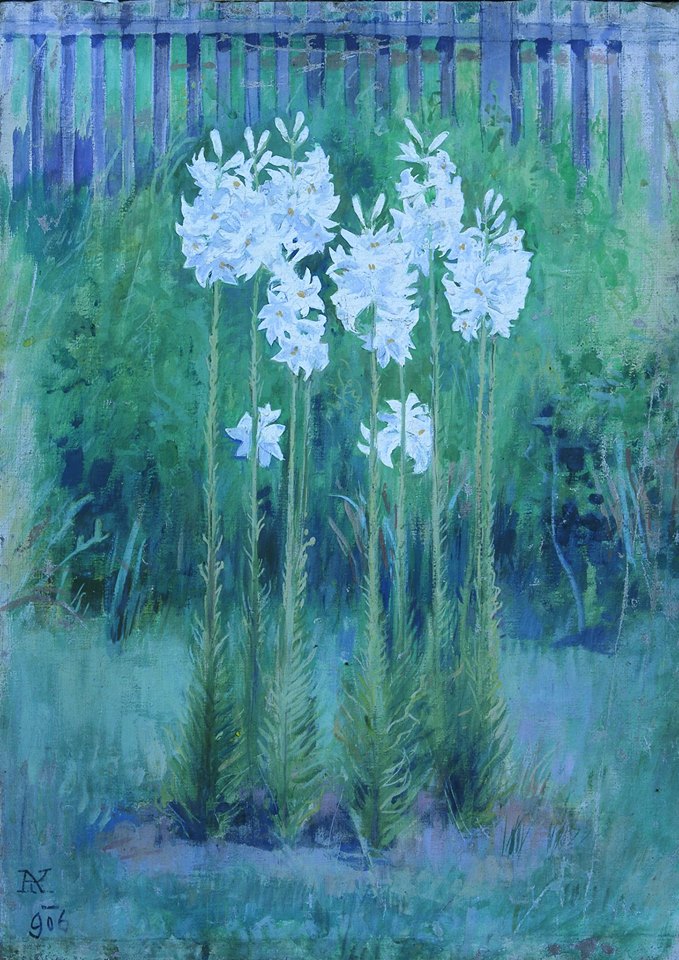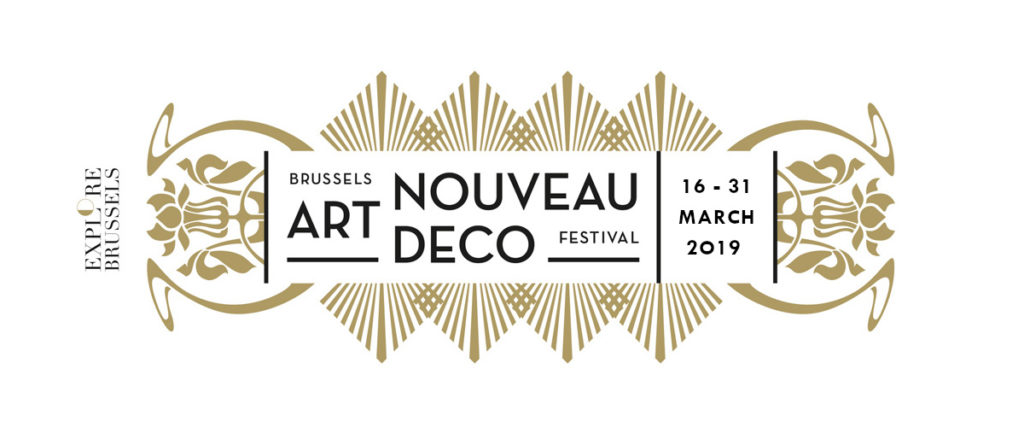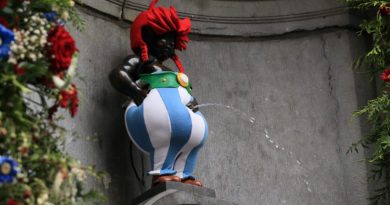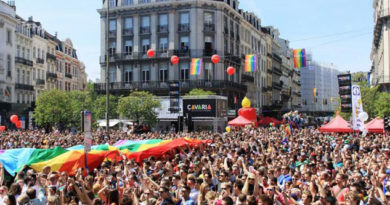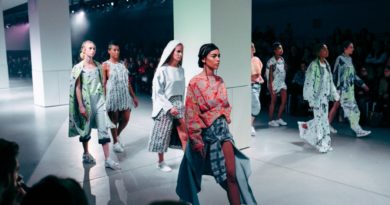The Hungarian Art Nouveau showcased in Brussels: Artist’s Colony of Gödöllő
In the framework of the Brussels Art Nouveau & Art Deco Festival – BANAD, the Balassi Institute Brussels and the City Museum of Gödöllő presents the exhibition Hungarian Art Nouveau: Artist’s Colony of Gödöllő.
The displayed objects give an overview of a particular style of Hungarian Art Nouveau, developed by a creative community that brought a fresh perspective not only to the arts but to lifestyle as well.
Art Nouveau, this much-celebrated and influential movement does not only encompass a whole century with its growth and development, but it also reveals the power of human imagination through its characteristic aspects. Art Nouveau has manifested itself in architecture, applied arts, painting and decorative arts as well. Since its beginning, during the industrial revolution, through the main historical events of the 20th century, Art Nouveau went through a certain transformation, which was reflected in the European architectural and decorative style Art Deco, and later in Modernism.
As the first decorative style, it has made its way across Europe and received different interpretations from different European artists. In Hungary, Art Nouveau was known as Szecesszió. Its well-known figures were Aladár Körösfői-Kriesch and his brother-in-law Sándor Nagy, who learned their artistic skills at the Munich School, as well as in Paris and in Rome. They founded their artists’ colony in Gödöllő in 1901.
The artists of Gödöllő were active in all fields of art. They created paintings and graphic art, book illustrations, designed churches and secular tapestries, stained glass and frescoes as well. Their works have been inspired by the elements of nature, especially the elements of gardens. The Hungarian artists relied on the heritage of the English Pre-Raphaelites, such as the art of John Ruskin and William Morris. The vicinity of Gödöllő had an important role in art at beginning of the 20th century in Hungary due to the proximity of the town to Budapest, as the closeness of the capital gave the perfect occasion to escape into nature from the business of the big city.
The objective of Hungarian art nouveau artists was to visualize the beauty of art, their own thoughts as well as the popular activities at the beginning of the 20th century. Their lifestyle-reforming efforts like eating vegetarian meals, doing sports daily, wearing special clothing and organising home-concerts, etc. appeared in their work. Art Nouveau is a form of „New Art » just like the name says. This movement can be interpreted as a kind of innovation originating from a different style which had already appeared decades before.
As Art Nouveau reveals the vastness and limitlessness of human nature, there is never one correct answer, and every individual may interpret it in their own, personal way. Some of its characteristics motifs are nature, flowers, plants, curved lines and decorations which border the excessive expressivity. These motifs show up perfectly in Hungarian Art Nouveau as well. These features can also be interpreted in various ways, which gives a perfect example of the human mind.
Art Nouveau represents the modern man. It visualizes our brain, our soul and our life path as well. Humans are always pursuing happiness, well-being, looking for eternal spring in life. However, life is not always a straightforward, easy journey. Life might throw some curves in our paths as well. Art Nouveau represents human beings in itself, and the human mind is incorporated in this beautiful and mystical art. It is our choice how want to define this beautiful style of art which is the result of a century-old transformation.
You can experience how this transformation manifested itself in Hungarian Art Nouveau beginning 21 March 2019, at the Balassi Institute in Brussels.
The exhibition will be opened by:
Dr. Tamás Iván Kovács, ambassador of Hungary to Belgium
Dr. György Gémesi, mayor of Gödöllő
Eszter B. Kerényi, director of the Town Museum of Gödöllő
The event will be enriched by the performance of two young talents of the F. Chopin Music School of Gödöllő and by the screening of the documentary The Artists’ Colony of Gödöllő then and now.
Réka Czelleng – folk songs
Edit Jancsó – piano
Free event upon registration:
Venue: Balassi Institute, 10 Treurenberg, 1000 Brussels
Program:
Opening: 21 March 2019, 7 PM
From 22 March to 2 May 2019
Linked to the exhibition the Balassi Institute presents two lectures and a creative workshop for children:
23 March 2019, 2 PM – Balassi Institute, 10 Treurenberg, 1000 Brussels
The „Hungarian Pre-Raphaelites » – Idealism and pragmatism in the work of the artists of Gödöllő by Dr Katalin Gellér, art historian (In French)
Booking: info@explore.brussels
24 March 2019, 11AM – Balassi Institute, 10 Treurenberg, 1000 Brussels
The activity will be held in Hungarian by Eszter B. Kerényi, director of the Town Museum of Gödöllő, and museum-educator Noémi Kovács. Interpretation into French, Dutch and English will be provided so feel free to bring your friends and classmates!
Registration is mandatory
24 March 2019, 2 PM – Balassi Institute, 10 Treurenberg, 1000 Brussels
Hungarian Art Nouveau: Artists’ Colony of Gödöllö
The conference is given in English by Cecília Őriné Nagy, curator of the exhibition, closed by a guided tour.
Booking: info@explore.brussels

